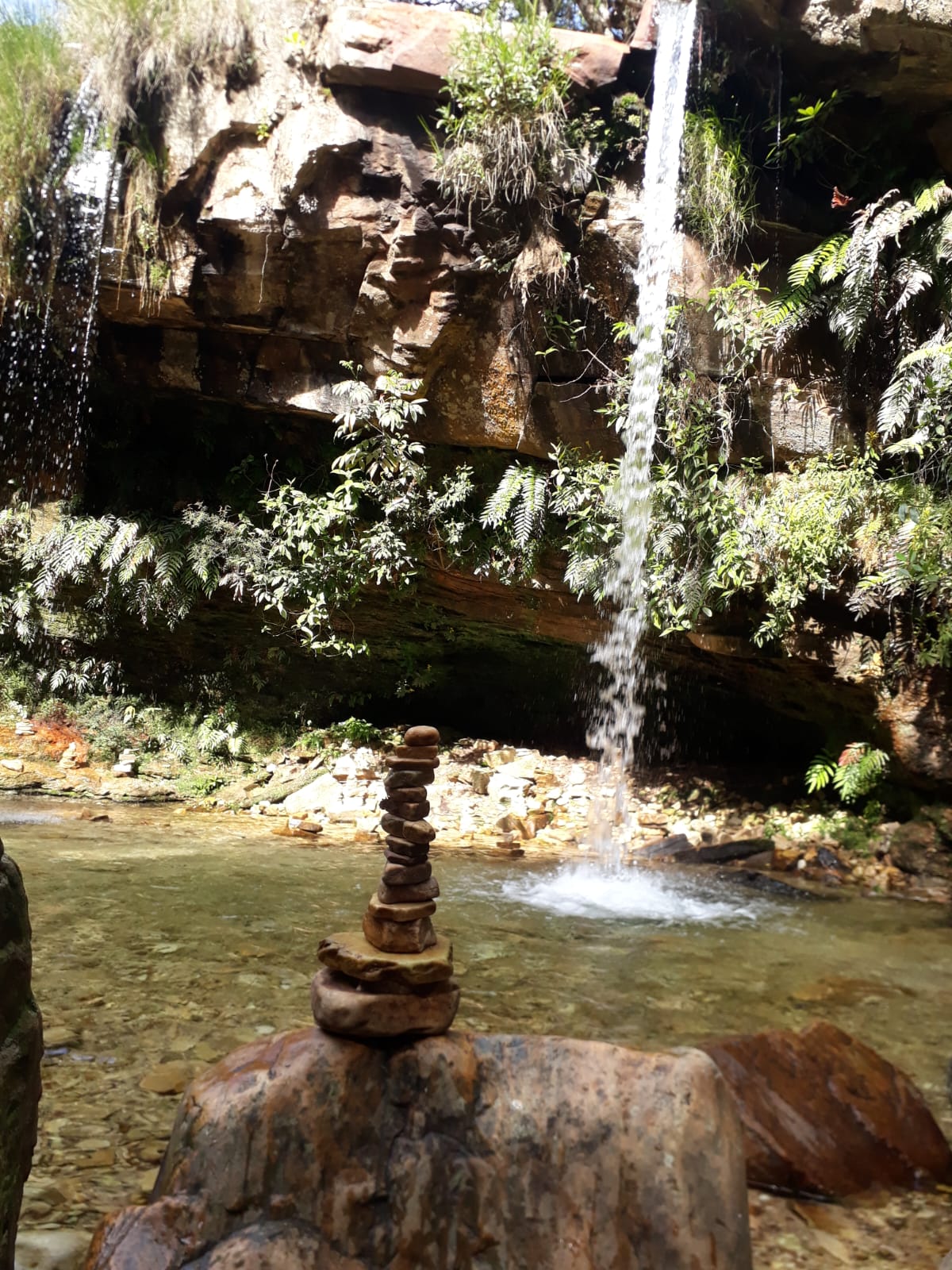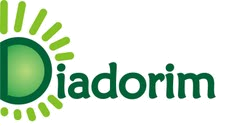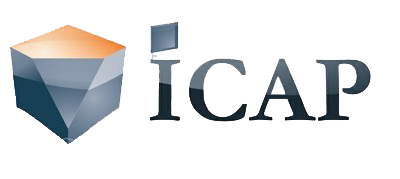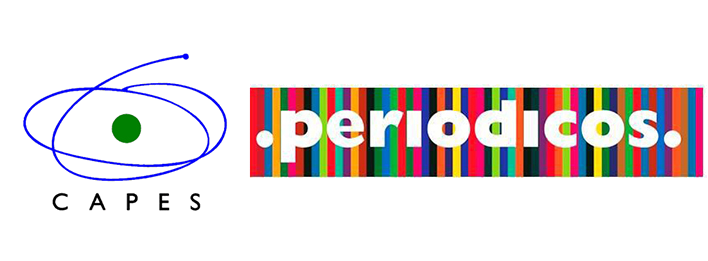Utilizing IRaMuTeQ for an integrative literature review on tourism: exploring supplier relationships, dynamic capabilities, and performance within the hospitality industry
DOI:
https://doi.org/10.29149/mtr.v8i3.8263Keywords:
Revenue ManagementAbstract
Socio-economic transformations require adaptations by companies. In tourism, it is no different, so understanding mechanisms of development in the tourism industry becomes a crucial point to meet the competitive demands of the market. These competitive demands relate to an environment in which it is necessary to have a dynamic, decentralized structure that enhances gains and simultaneously avoids the loss of autonomy and flexibility of each firm in possible collaborative relationships. Understanding the networks in which hotels are inserted, and their dynamic capabilities is paramount in this context. Developing an integrative systematic review of the literature assists in understanding the variables involved in the network. This paper aims to verify, in the hospitality sector, the factors underlying the supply chain, as well as the dimensions of the dynamic capabilities of hotels. The IRAMUTEQ software evaluated 91 abstracts of international articles listed in the Web of Science and Scopus databases. The results point to possibilities for doing the integrative review from authors with similar or different ideas.
References
Bjork, P., & Virtanen, H. (2005). What tourism project managers need to know about cooperation facilitators. Scandinavian Journal of Hospitality and Tourism, 5(3), 212-230.
Božič, V., & Knežević Cvelbar, L. (2016). Resources and capabilities driving performance in the hotel industry. Tourism and Hospitality Management, 22(2), 225-246.
Buhalis, D. (2000). Marketing the competitive destination of the future. Tourism Management, 21, 97-116.
Casanueva, C., Gallego, A., & Revilla, M. A. (2015). Access and mobilization of network resources and competitive advantage in hotels. Hospitality Management, 27(6), 1279-1300.
Chen, H., & Chen, J. J. (2003). Governance structures in strategic alliances: Transaction cost versus resource-based perspective. Journal of World Business, 38(1), 1-14.
Della Corte, V., & Aria, M. (2016). Coopetition and sustainable competitive advantage. The case of tourist destinations. Tourism Management, 54, 524-540.
Della Silveira, L. M. (2016). The influence of cooperation networks on the development of sustainability initiatives. [Dissertation (Master's in Business Administration)]. PUCRS.
Dierickx, I., & Cool, K. (1989). Asset stock accumulation and sustainability of competitive advantage. Management Science, 35(12), 1504-1511.
Dragan, D., Kramberger, T., & Topolsek, D. (2015). Supply chain integration and firm performance in the tourism sector. The International Conference on Logistics & Sustainable Transport.
Galeazzo, A., Ortiz-de-Mandojana, N., & Delgado-Ceballos, J. (2020). Green procurement and financial performance in the tourism industry: the moderating role of tourists' green purchasing behaviour. Current Issues in Tourism, 1-17.
Gulati, R., Nohria, N., & Zaheer, A. (2000). Strategic networks. Strategic Management Journal, 21(3), 203-215.
Hatamifar, P., Darba Astane, A., & Rezvani, M. R. (2018). Analyzing quality of supply chain management in hotels of Isfahan using the partial least squares (PLS). Journal of Quality Assurance in Hospitality & Tourism, 19(2), 172-191.
Hoffmann, V. E. et al. (2015). Business strategy in periods of crisis: a study of the hotel sector in the metropolitan region of Belo Horizonte - Brazil. Estudios y Perspectivas en Turismo, 24, 663-682.
Jesus, C., & Franco, M. (2016). Cooperation networks in tourism: A study of hotels and rural tourism establishments in an inland region of Portugal. Journal of Hospitality and Tourism Management, 29, 165-175.
Kearney, A., Harrington, D., & Kelliher, F. (2017). Managerial capability for innovation for microfirms: integrating theory with empirical evidence. The Irish Journal of Management, 36(1), 49-59.
Kerdpitak, C. (2019). Effect of drivers pressures on green supply chain management performance within the hotel industry. Polish Journal of Management Studies, 20.
Kua, E. C. S., Wu, W., & Lin, A.-R. (2011). Strategic alignment leverage between hotels and companies: The buyer-supplier relationship perspective. International Journal of Hospitality Management, 30(3), 735-745.
Lado-Sestayo, R., Otero-Gonzávez, L., & Vivel-Búa, M. (2014). Impacto de la localización y la estructura de mercado en la rentabilidad de los establecimientos hoteleros. Tourism & Management Studies, 10(2).
March, R., & Wilkinson, I. (2009). Conceptual tools for evaluating tourism partnerships. Tourism Management, 30(3), 455-462.
Martínez-Pérez, Á., Elche, D., & García-Villaverde, P. M. (2019). From diversity of interorganizational relationships to radical innovation in tourism destination: The role of knowledge exploration. Journal of Destination Marketing & Management, 11, 80-88.
Martins, G. S., Rossoni, L., Duarte, A. L. C. M., & Martins, R. S. (2017). Supply chain relationships: exploring the effects of both relational and structural embeddedness on operational performance. International Journal of Procurement Management, 10(5), 639-664.
Mehdikhani, R., & Valmohammadi, C. (2019). Strategic collaboration and sustainable supply chain management. Journal of Enterprise Information Management.
Mentzner, J. T., Keebler, J. S., Nix, N. W., Smith, C. D., & Zacharia, Z. G. (2001). Defining supply chain management. Journal of Business Logistics, 22(2), 1-25.
Nieves, J., & Diaz-Meneses, G. (2016). Antecedents and outcomes of marketing innovation. International Journal of Contemporary Hospitality Management.
Novelli, M., Schmitz, B., & Spencer, T. (2006). Networks, clusters and innovation in tourism: A UK experience. Tourism Management, 27(6), 1141-1152.
Pikkemaat, B., & Others. (2009). The staging of experiences in wine tourism. Journal of Hospitality Marketing & Management, 18(2-3), 237-253.
Ratinaud, P., & Marchand, P. (2012). Application of the ALCESTE method to "large" corpus and stability of "lexical worlds": analysis of "CableGate" with IRaMuTeQ. Actes des 11eme Journées internationales d'Analyse statistique des Données Textuelles, 835-844.
Rodríguez-Díaz, M., & Espino-Rodríguez, T. F. (2006). Developing relational capabilities in hotels. International Journal of Contemporary Hospitality Management.
Salviati, M. E. (2017). Iramuteq Application Manual, compilation, organization and notes. Iramuteq.org. Planaltina, DF, 31.
Sari, K., & Suslu, M. (2018). A modelling approach for evaluating the green performance of a hotel supply chain. Technological Forecasting and Social Change, 137, 53-60.
Sinclair, M. T., & Others. (1991). The tourism industry: An international analysis.
Smallman, C., & Moore, K. (2010). PROCESS STUDIES OF TOURISTS' DECISION MAKING. Annals of tourism research, 37(2), 397-422.
Timur, S., & Getz, D. (2009). Sustainable tourism development: How do destination stakeholders perceive sustainable urban tourism? Sustainable Development, 17(4), 220-232.
Torraco, R. J. (2016). Writing integrative literature reviews: Using the past and present to explore the future. Human Resource Development Review, 15(4), 404-428.
Tremblay, P. (1998). The economic organization of tourism. Annals of Tourism Research, 25(4), 837-859.
Vencataya, L., Seebaluck, A. K., & Doorga, D. (2016). Assessing the impact of supply chain management on competitive advantage and operational performance: A case of four-star hotels of Mauritius. International Review of Management and Marketing, 6(4S).
Wilke, E. P., Costa, B. K., Freire, O. B. de L., & Ferreira, M. P. (2019). Interorganizational cooperation in tourist destination: Building performance in the hotel industry. Tourism Management, 72, 340-351.
Downloads
Published
How to Cite
Issue
Section
License
Copyright (c) 2023 Iury Teixeira de Sevilha Gosling, Dr. Cleber Carvalho de Castro , Dr. Mozar José de Brito

This work is licensed under a Creative Commons Attribution 4.0 International License.
Authors who publish with this journal agree to the following terms:
- Authors retain copyright and grant the journal, without cost for the journal, right of first publication with the work simultaneously licensed under a Creative Commons Attribution License that allows others to share the work with an acknowledgment of the work's authorship and initial publication in this journal.
- Authors are able to enter into separate, additional contractual arrangements for the non-exclusive distribution of the journal's published version of the work (e.g., post it to an institutional repository or publish it in a book), with an acknowledgment of authorship and its initial publication in this journal.
- Authors take full responsibility for their opinions expressed in the works published in this journal.
















